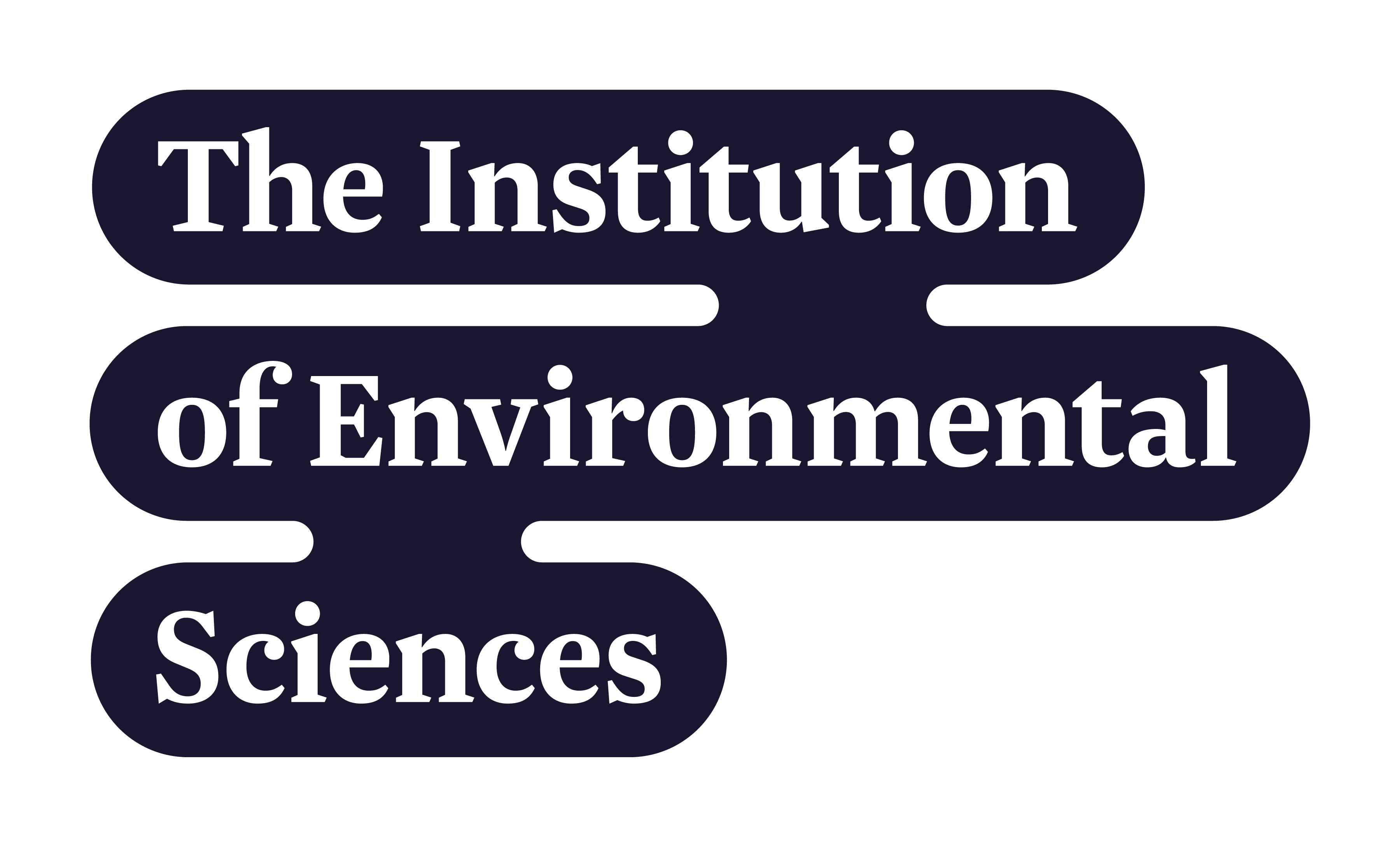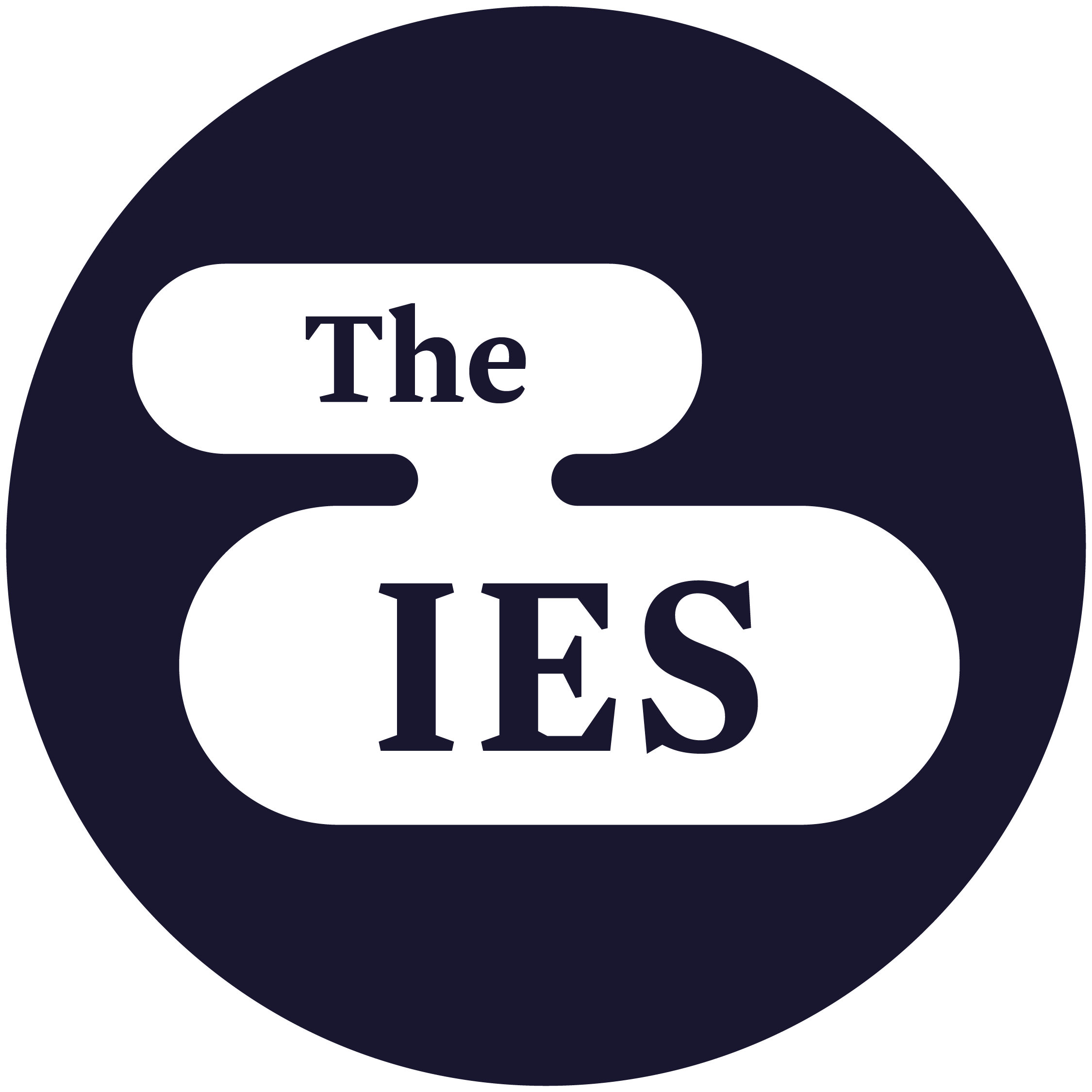A low carbon future for Bristol
The winner of the IES’ 2012 John Rose Prize has launched an interactive website called Future Bristol (FutureBristol), aimed at exploring and communicating possible low carbon futures for Bristol as part of the city’s public engagement strategy for the 2015 European Green Capital bid.
Dr Rose Bailey explains, “Visitors to the website are encouraged to explore two alternative futures for the city, through interactive images. Moving around the site reveals information about features of the two pictures, with the ability to vote and comment on them. The aim is to engage and raise awareness about what a low carbon future means for the city, and find out how the Bristol public feels about two different potential futures: which features are desirable and which we want to avoid.
“The intention is that this website will start a public discussion about how Bristol can become a low carbon city, helping to shape the future we would like by providing valuable evidence to inform local policy.”
The Future Bristol project has come about through collaboration between the Green Capital Partnership and Dr Rose Bailey, a research fellow in the Institute for Sustainability Health and Environment at UWE Bristol.
After winning the £1,000 grant that accompanies the John Rose Award, Rose attracted further funding from Bristol City Council and the Bristol Green Capital Partnership’s Community Challenge Fund. This money allowed her to commission the construction of the website with artwork from Andy Council.
The two scenarios are the result of a four year EPSRC funded PhD research project undertaken by Rose during the period 2008-2012, supported by Bristol City Council and The Centre for Sustainable Energy.
This research aimed to explore how the Bristol city region might achieve its 2050 carbon reduction target of 80%, to help close the gap between ‘where we are now’ and ‘where we need to be’.
To do this, 140 local, influential people in businesses, charities, local councils, and universities were asked ‘what would you like Bristol to look like in 2050 if it was a low carbon city, and how do we make it happen?’
Through a three-stage consultation process, the two different possible futures in the pictures were described, called ‘X’ and ‘Y’, and the steps that might achieve these scenarios were then mapped out by working backwards to the present. More information about the research can be found on the UWE website: ‘An exploration of the low carbon futures for the Bristol region’.
The Future Bristol project forms a key part of on-going and future research at UWE Bristol on carbon management and climate change.


